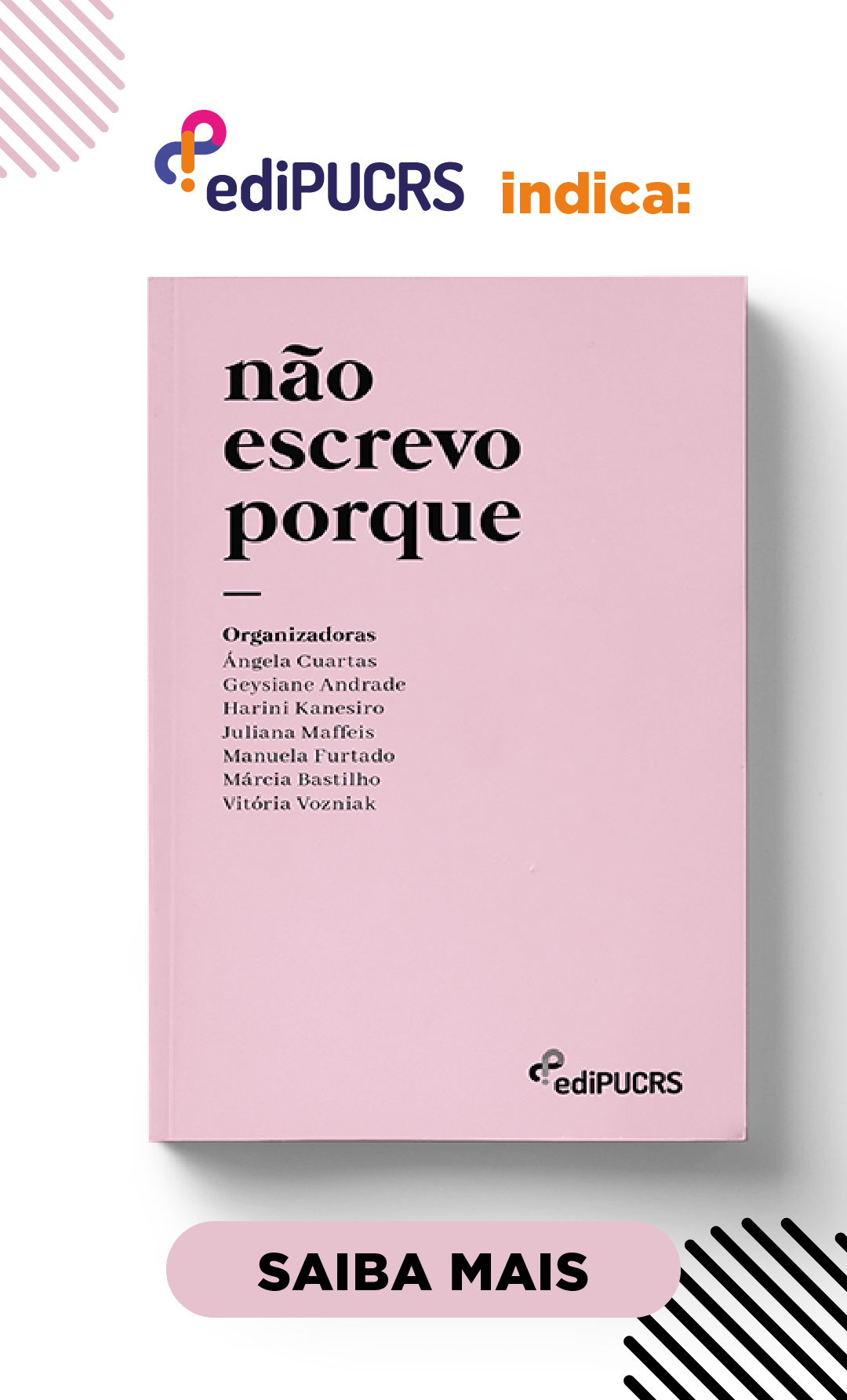A scream that builds up
A semiolinguistic analysis of the song Maria da Vila Matilde
DOI:
https://doi.org/10.15448/1984-4301.2021.4.39736Keywords:
Semiolinguistics, Discourse, Brazilian music, Domestic violenceAbstract
The increasing rates of domestic violence show how Brazil is still constituted by a patriarchal, sexist, and racist culture, supported by the conception of women as beautiful, modest, and domestic (VEJA, 2016). Based on the Semiolinguistics Theory proposed by Patrick Charaudeau (2008), in this work we analyze the language acts present in the song “Maria da Vila Matilde”, composed by Douglas Germano and sung by Elza Soares. The theoretical-methodological approach is based on the classification of the text as stated by the Modes of discourse organization, with focus on the Enunciative Mode as an analytic category. The nature of this work is descriptive-analytical-interpretative, which we have outlined in a chart designed to organize the song lyrics according to their enunciative modes. Following the description contained in the chart, we analyze and interpret how these modes constitute meaning, especially meanings of confrontation/empowerment.
Downloads
References
BAKHTIN, Mikhail. Estética da Criação Verbal. Tradução de Paulo Bezerra. 6. ed. São Paulo: Editora WMF Martins Fontes, 2011.
BAKHTIN, Mikhail. Toward a Philosophy of the Act. Tradução de Carlos Alberto Faraco e Cristóvão Tezza. Texas: University of Texas Press, 1993. Versão americana de Vadim Liapunov e Michael Holquist do original russo.
BEAUREPAIRE-ROHAN, Henrique, Visconde de. Diccionario de vocabulos brasileiros. Rio de Janeiro: Imprensa Nacional, 1889. Disponível em: http://www2.senado.leg.br/bdsf/handle/id/221706. Acesso em: 4 nov. 2020.
BERTH, Joice. O que é empoderamento? Belo Horizonte: Letramento, 2018.
BLAY, Eva Alterman. Violência contra a mulher e políticas públicas. Estud. av., São Paulo, 2003, v. 17, n. 49, p. 87-98. Disponível em: http://www.scielo.br/pdf/ea/v17n49/18398.pdf. Acesso em: 4 nov. 2020.
CHARAUDEAU, Patrick. Linguagem e discurso: modos de organização. São Paulo: Contexto, 2008.
CHARAUDEAU, Patrick. Identidade social e identidade discursiva, o fundamento da competência comunicacional. In: PIETROLUONGO, Márcia (org.) O trabalho da tradução. Rio de Janeiro: Contra Capa, 2009. p.309-326. Disponível em: http://www.patrick-charaudeau.com/Identidade-social-e-identidade.html. Acesso em: 4 nov. 2020.
GERMANO, Douglas. Um samba de atormentar: entrevista com Douglas Germano. [Entrevista concedida a GG Albuquerque] In: Volume Morto. [2016?]. Disponível em: http://volumemorto.com.br/entrevista-douglas-germano-golpe-de-vista. Acesso em: 10 dez. 2018.
HOOKS, Bell. Movendo-se para além da dor. Tradução de Charô Nunes e Larissa Santiago. In: Blogueiras Negras. [S. I.],11 maio 2016. Disponível em: http://blogueirasnegras.org/movimentar-se-para-alem-da-dor-bell-hooks. Acesso em: 5 jul. 2021.
RIBEIRO, Djamila. O que é: lugar de fala? Belo Horizonte, MG: Letramento, 2017.
TATIT, Luiz. O cancionista. São Paulo: Editora da Universidade de São Paulo, 1995.
TATIT, Luiz. Ilusão enunciativa na canção. Per Musi., Belo Horizonte, n. 29, p. 33-38, 2014.
TELES, Maria Amélia de Almeida; MELO, Mônica de. O que é violência contra a mulher. São Paulo: Brasiliense, 2002. Não paginado.
LINHARES, Juliana. Marcela Temer: bela, recatada e “do lar”. Veja. [Brasília, DF], 18 abr. 2016. Disponível em: https://veja.abril.com.br/brasil/marcela-temer-bela-recatada-e-do-lar. Acesso em: 4 nov. 2020.
Downloads
Published
How to Cite
Issue
Section
License
Copyright (c) 2022 Letrônica

This work is licensed under a Creative Commons Attribution 4.0 International License.





